A new report by Canva has revealed that Gen Z workforce in India strongly prefers visual communication over traditional text-heavy styles. The study, from Canva’s annual State of Visual Communication Report, reveals how younger professionals are transforming the way companies approach communication.
According to the findings, 94% of Gen Z professionals in India say they do their best work when using visuals. Yet, only 22% of organizations worldwide identify themselves as “design-led,” creating a sharp disconnect that affects efficiency and collaboration in multigenerational teams.
Impact on Productivity
The mismatch between employee preferences and workplace practices often leads to disengagement, delays, and even talent loss. Chandrika Deb, Country Manager for Canva India, explained that India’s workforce is redefining communication by thinking and creating visually. She added that organizations that embrace visual-first methods can boost creativity, improve productivity, and attract future talent.
This shift is not just about style but about measurable results. Companies that align with visual communication see stronger teamwork, clarity, and brand consistency across their operations.
Science Behind Visuals
Canva’s study includes neuroscience research that proves why visuals are more effective than text. Using Steady State Topography (SST), researchers tracked brain activity and discovered that visual content leads to 74% faster memory encoding compared to text-heavy content.
Additionally, visuals generated greater emotional responses—26% more intensity for documents and 21% more for presentations. This shows that visuals don’t just make information easier to process, they also create deeper connections with the audience.

Rising AI Role
The report also sheds light on the growing role of AI-powered workflows in visual communication. About 78% of Gen Z professionals in India believe experimenting with AI tools improves visual fluency. However, many feel held back, with 90% saying unhelpful tools limit their creativity.
This gap has led to 91% of employees using unapproved platforms for creative tasks, creating fragmented workflows. On average, teams juggle 11 to 12 different platforms weekly for visual projects, causing inefficiencies that slow down productivity.
Business Consequences
Poor visual communication has a direct business impact. The study found that 85% of global leaders believe communication gaps cause confusion and project delays. In contrast, companies that adopt a visual-first culture report clearer internal communication, stronger branding, and better team alignment.
The report emphasizes that visual communication is no longer limited to designers. It is now a strategic skill essential for modern workplaces as AI and younger generations reshape professional environments.
What is Canva
Canva is a global design and visual communication platform founded in 2013. It allows users to create presentations, documents, graphics, and videos with ease, using templates and AI-powered design tools. With millions of users worldwide, Canva has become central to the way individuals, businesses, and educators create and share ideas.
By making design more accessible, Canva is empowering organizations to transition into a visual-first communication era, aligning with the evolving needs of Gen Z professionals who demand authenticity, clarity, and creativity at work.


